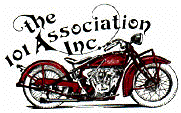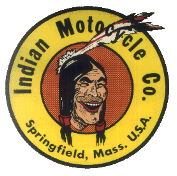Hi,
Thanks for the input.
I'm coming to the conclusion that the keyed bush on the inner casing has been pushed in when the shaft plus woodruff key was fitted with misaligned key. If you refer back to my earlier posting with 5 images, one clearly shows the keyed bush way down below the surface for the thrust washer.
Looking at the damage to the key, some considerable force must have been used to press the shaft into the bush.
I don't have any idea what the original machining of the bare casting is like in terms of bore depth to take the bush (as bush is still in there), so it is possible that factory assembly was to press the bush in flush to the face of the casting with room spare behind the bush to allow for tolerances - or course this is my conjecture - Feel free to correct me!
The only problem with verifying where the top of the bush should be - is that without removing the keyed end of the shaft from the casing, it's not easy to check dimensions.
Now I have 2 options:
Option 1 is to try to make or modify a blind bush puller that can grip the tiny amount of gap behind the bush, heat the whole case up in the oven, and try to pull the bush back to the desired position.
Option 2 is to machine up a disc (thick washer), with a cut-out to clear the woodruff key to take out the end float. The disc would be trapped behind the new thrust washer when everything is assembled. Downside is that woodruff key engagement will be reduced.
Unfortunately due to the keyway, I cannot use the sized bar/grease and hydraulic force method to push the bush out.
I'm going to put that part to one side for now and ponder, while I do something else on the list!
I'm sure someone else must have found this problem??
Regards Mick


